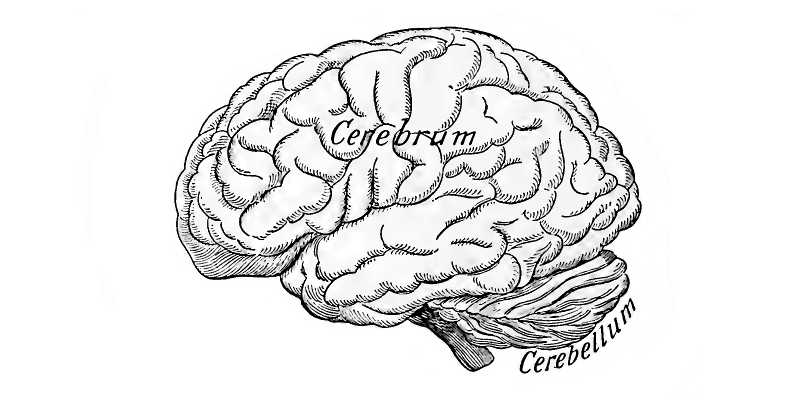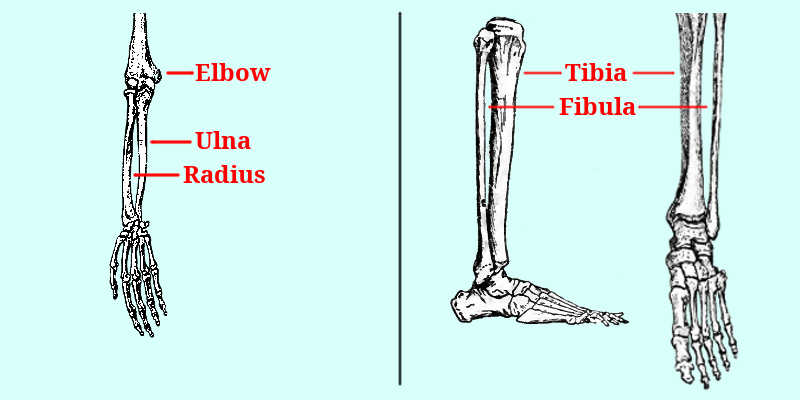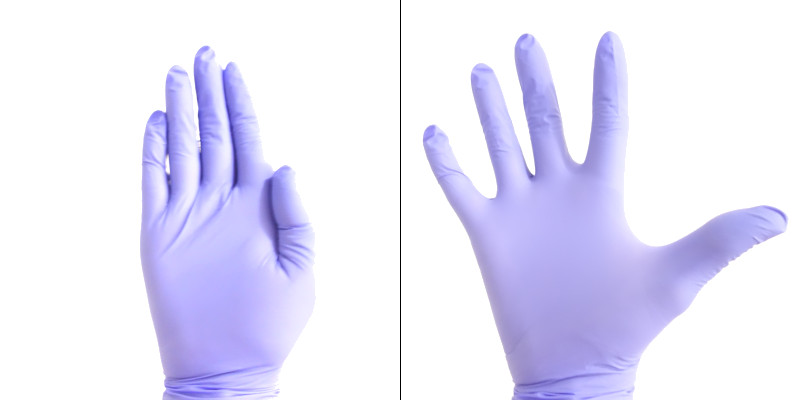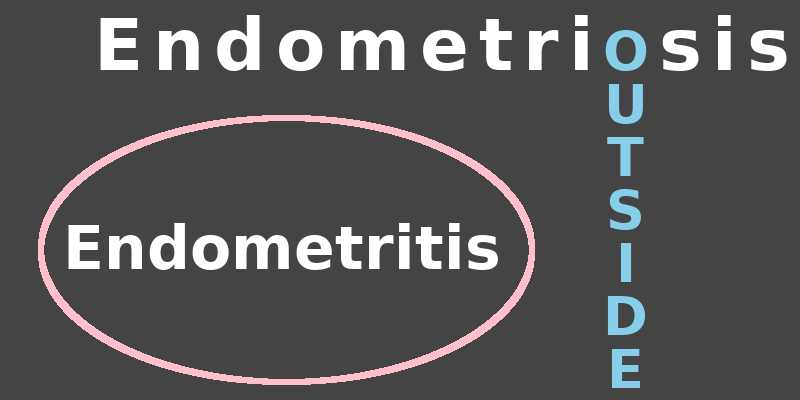Personal Mnemonics
Medicine as we know it would not exist without mnemonics.
Common EMS mnemonics are those which every EMR or EMT needs to know such as AVPU and SAMPLE. Less-common mnemonics are service-specific such as CHART and SOAP. Personal mnemonics are those favored by an individual.
Here are a few of my favorite personal mnemonics. Some I created myself, a fact I mention to inspire others.
SMasHCAB

This is my favorite initial-assessment word because I love its action-oriented sound. (I came up with it, too.)
It is derived from the S in scene safety, the US Army's MARCH (Massive hemorrhaging, Airway, Respiration, Circulation, Hypothermia) mnemonic and the AHA's CAB (Circulation, Airway, Breathing) mnemonic. Safety includes personal safety and the safety of others, scene size-up, and spinal stabilization, so for some, Triple SMasHCAB might work better.
I imagine the mnemonic as smashing into the cab of a flaming truck to extricate a bleeding patient in cardiac arrest.
Cerebrum vs. Cerebellum

The cerebrum is the largest part of the brain and is located superior to the much smaller cerebellum. This inverts the most obvious mnemonic because the word cerebrum is smaller than the word cerebellum. If you cannot remember the word-length flip-flop, I have two helpful thoughts:
The bellum in cerebellum functions as a diminutive. Thus, cerebellum means little brain. Cerebellum rhymes with hell, and since hell is a low place (figuratively, I imagine) the cerebellum exists inferior to the cerebrum.
Striated vs. Smooth
Striated (or skeletal) muscle is muscle that a person typically has control over such as arm or leg muscle. Smooth muscle is muscle that a person typically has no control over such as arterial or intestinal muscle. Arteries and intestines are both hollow organs. Smooth has “hollow” vowels and a "hollow" appearance, specifically with the two oo‘s.
Radius vs. Ulna and Tibia vs. Fibula

The radius and ulna are the two long bones of the forearms. The radius is on the thumb side and the thumb is the easiest finger to make a circle, or radius, with.
The tibia and fibula are the two long bones of a lower leg. Because the tibiae (or tibias) are slightly anterior to the fibulae (or fibulas), "tibia-toe" is my go-to mnemonic. The mnemonic "fibula-fanny" might also be of value.
Tendon vs. Ligament
A tendon is a body tissue that connects a muscle to a bone. A ligament is body tissue that connects a bone to another bone. Over time, I have used three mnemonics which show a variety of mnemonic approaches.
Because muscle is tender, tendon can be associated with tender. And because bone is hard, ligament can be associated with cement, which in this case refers to the cement used in hard concrete. Ligament starts with an L, and because a ligament joins like structures (bone-to-bone), ligament can be associated with like.
For me, the easiest mnemonic is LBB, which stands for ligament-bone-bone. One could also memorized TMB for tendon-muscle-bone, but I remember what a tendon is by what it is not.
Strain vs. Sprain
Tendon damage is called a strain; ligament damage is called a sprain. (Tendonitis as I understand it, is a form of a strain.)
Tendon and strain both contain a t, which should be enough of an association for most, but if not, typography can also provide a mnemonic. Both ligament and sprain contain a descender.

Adduction vs. Abduction
Adduction is a muscular contraction that moves a limb or other part of a body closer to the body's midline or closer to another part of the body. For example, the bicep adducts the forearm. Abduction has an opposite meaning. Your hand is the key to remembering this.

When your fingers are held together, like you were counting on them and added them, they are adducted; when they are spread, they are abducted.
If this does not help, or if you need a supporting mnemonic, remember that abduction is a synonym for kidnapping, and kidnapping means to take (someone) away by force or deception.
Decordicate Posturing vs. Decerebrate Posturing
Decordicate posturing is a position made by a patient in which the arms are drawn inward toward the chest. Decerebrate posturing is a position made by a patient in which the arms are extended outward and parallel to the torso, in other words, away from the chest.
The best way to remember this is to associate the core in decordicate with the core of one''s body, and to associate decerebrate with celebration. Thus, a patient in a decordicate posture has arms drawn toward his or her core, and a patient in a decerebrate posture has arms extended like he or she is celebrating.
Sometimes decordicate posturing is also called flexion posturing, and decerebrate posturing is also called extension posturing, which makes sense because flexion and extension are somewhat common to everyday English.
Endometritis vs. Endometriosis
The endometrium is the mucus membrane lining the uterus. Endometritis is inflammation of the endometrium. Endometriosis is a condition resulting from endometrial tissue growing outside of the uterus. A mnemonic to differentiate them is to associate the second o in endometriosis with the o in outside.

Planceta Previa vs. Placenta Abruptio
Planceta previa is a gynecological condition in which the placenta partially or entirely blocks the birth canal. Placenta abruptio is a gynecological condition in which the placenta separates prematurely from the wall of the uterus. These words are fairly easy to differentiate because abrupt in abruptio creates an image of trauma, and trauma, such as a motor vehicle collision, is often the cause of placenta abruptio.
Placenta abruptio is sometimes called abruptio placentae.
Gravida vs. Para
These are two word roots that I have found especially challenging to differentiate.
A primigravida is a woman who is pregnant for the first time. A multigravida is a woman who has experienced previous pregnancies. A primipara is a woman who has had or is in the process of one live birth. A multipara is a woman who has had or is in the process of multiple live births.
Part of the problem with this is that it is unclear from the literature whether para refers to a live birth or a live birth event, in other words, whether a woman who has given birth for the first time to twins is a primapara or a multipara. For a field report, you could state: "The patient has been pregnant three times before. The first time ended in a miscarriage. The second time, the baby was stillborn. The third time, the patient delivered twins." But to correctly answer a test question, a mnemonic might be useful.
One way is to associate gravida with gravity. Both words start with g, both consist of three syllables, and both share a root having connotations of heaviness.
If this gravida-gravity mnemonic is not enough, another mnemonic may be derived from the typographical forms of the g in gravida and the p in para. The capitalG is wide letter, and could represent a pregnant woman; the upper part of P could graphically represent a placenta and the lower, straight part could represent an extended umbilical chord.

Blood Flow Through Heart Valves
Every emergency medical professional is expected to know the sequence of valves blood passes through on its journey journey through the heart. This is a common test question.
The Painter Makes Art is a good mnemonic for this. The first letters of the words can help you to remember not only the names of the valves (tricuspid, pulmonary, mitral, and aortic) but also their order in the flow.

The mitral valve gets its name from a resemblance to a bishop's miter and is sometimes called the aortic bicuspid valve.

Systolic vs. Diastolic
A typical blood pressure measurement is reported as a systolic pressure over a diastolic pressure (i.e. 130/80.) This is neither a formula nor a fraction; it is simply a convention. Understanding the meanings of systolic and diastolic is the key to differentiating them and remembering the convention.
Systolic pressure is the pressure exerted in the arteries during the contraction of the heart (the pumping phase.) Diastolic pressure is the pressure exerted in the arteries during the decontraction of heart (the refilling or “resting” phase.) Think of these as the squash phase and the die phase. Thus, the convention become squash/dead.
When a bug is squashed dead, the squash comes from the top and death is below. Since the squasher is larger than the squashed, the systolic pressure must be larger than the diastolic pressure.
Cystitis vs. Cholecystitis
Cystitis is defined as inflammation of the badder, and cholecystitis is defined as inflammation of the gallbladder. Cystitis and Bladder may be linked because they are are the shorter words; cholecystitis and gallbladder may be linked because they are the longer words.
Gas Laws
On the EMT level, knowing how gases behave is important for understanding the pathophysiology of underwater diving injuries and of altitude-related illnesses (which though commonly called illnesses are technically injuries.) On an advanced EMS level, knowledge of gas behavior is critical to safe aerial transport.

- Boyle's law states that all things being equal, pressure exerted by a gas is inversely proportional to the volume it occupies. I can remember this by noting that the B in Boyle's contains the shape of a P, the y contains the shape of a v, and the P and v represent pressure and volume.
- Henry's law states that the amount of dissolved gas in a liquid is directly proportional to its partial pressure above the liquid. Henry's law applies to the bubbles in carbonated drinks and to those leading to decompression sickness from a too rapid ascent in water. Henry's contains a Hen, and hens lay bubble-shaped eggs.
- Charles's law states that all things being equal, as the temperature of a gas increases, the volume of a gas increases in proportion. This focus on temperature can be remembered by noting that Charles's law and Centigrade both start with a C.
- Dalton's law states that in a mixture of non-reacting gases, the total pressure exerted is equal to the sum of the partial pressures of the individual gases. For most persons, the easiest way to remember this it to remember what it is not. For me, I think of the somewhat notorious Old West Dalton Gang, who mixed it up with the law (and ended up dead.)
Slander vs. Libel
Slander is the defamation of someone using speech. Libel is the defamation of someone through writing. Slander and speech both start with an S. “Libel” rhymes with “Bible,” and both libel and the Bible are written.

Keeping it Clean
As you move forward, you will likely be exposed to or think of mnemonics that large swathes of society would classify as rude, crude, vulgar, or insulting. These off-color mnemonics may be very functional, but I would advise staying far away from them and to try to find alternatives. Habitual use of low-level language, even if only in your thoughts, can get you into a heap of trouble if you ever let your guard down.
